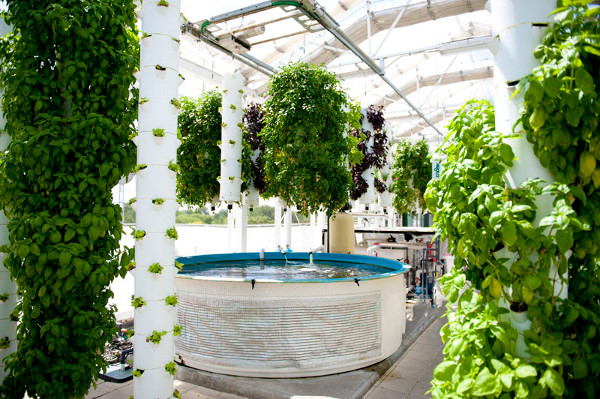( Update: 23/07/2018 )
 (VEN) - Vietnam’s agriculture is entering a new phase to meet requirements in the process of international economic integration. Therefore, applying high-tech to improve efficiency, competitiveness and product quality and meet consumer needs is needed.
(VEN) - Vietnam’s agriculture is entering a new phase to meet requirements in the process of international economic integration. Therefore, applying high-tech to improve efficiency, competitiveness and product quality and meet consumer needs is needed.
According to incomplete statistics, the country currently has 29 high-tech agricultural zones in 12 provinces and cities. These agricultural zones have formed development models such as safe vegetable production and flower and ornamental plant growing in Ho Chi Minh City, Bac Ninh and Lam Dong and mushroom production in Vinh Phuc Province. In addition to development models, agricultural zones have also established specialized production areas, dairy processing facilities in Hanoi, Nghe An Province and Ho Chi Minh City and tea growing areas based on the Chinese Taipei technology in Thai Nguyen and Lam Dong provinces. In particular, agricultural zones have actively applied new technology such as greenhouse, net house, nursery and cooling warehouse, contributing to improving productivity and stabilizing prices.
The East West Seed Co., Ltd. has actively invested in the construction of the F1vegetable seed production farm to provide to the domestic market and serve exports in Ho Chi Minh City. In addition, by the end of 2013, Lam Dong Province had 35,000 hectares of production land with an average production value of VND400 million per hectare and VND800 million per hectare for vegetables and flowers, respectively. In terms of Son La Province, high-tech agricultural zone projects have been deployed in Moc Chau District with a scale of 200 hectares.
Central Economics Commission’s Agricultural and Rural Department Director Nguyen Van Tien said that research results and high-tech applications had made important contributions to productivity growth in recent years. However, operations of high-tech agricultural zones have remained limited due to the lack of support mechanisms. “The selection of models, products and technology has remained unsuitable and costs have remained high, leading to low efficiency. In addition, some high-tech agricultural zones in Hai Phong City and Hanoi have not brought desired efficiency,” Nguyen Van Tien said.
Businesses should consider not only investing in the application of advanced technology into practical production but also promoting strengths in terms of land resources and natural conditions.
Agrivina Co., Ltd. Deputy General Director Nguyen Van Bao said that although Vietnam has become a member of the International Union for the Protection of New Varieties of Plants (UPOV) since 2006, the country has not seriously implemented their works. Some businesses and farmers in Lam Dong Province have used unoriginal seeds, leading to unfair competition between businesses.
Developing high-tech agriculture in the future should focus on core objectives such as seed selection and the number of businesses and services participating in high-tech agriculture.
Ministry of Agriculture and Rural Development’s Science, Technology and Environment Department Deputy Head Nguyen Tan Hinh said that the country would strongly develop high-tech agriculture with a focus on the number of businesses and production areas, contributing to increasing high-tech agricultural production value to 10-15 percent of total agricultural production value.